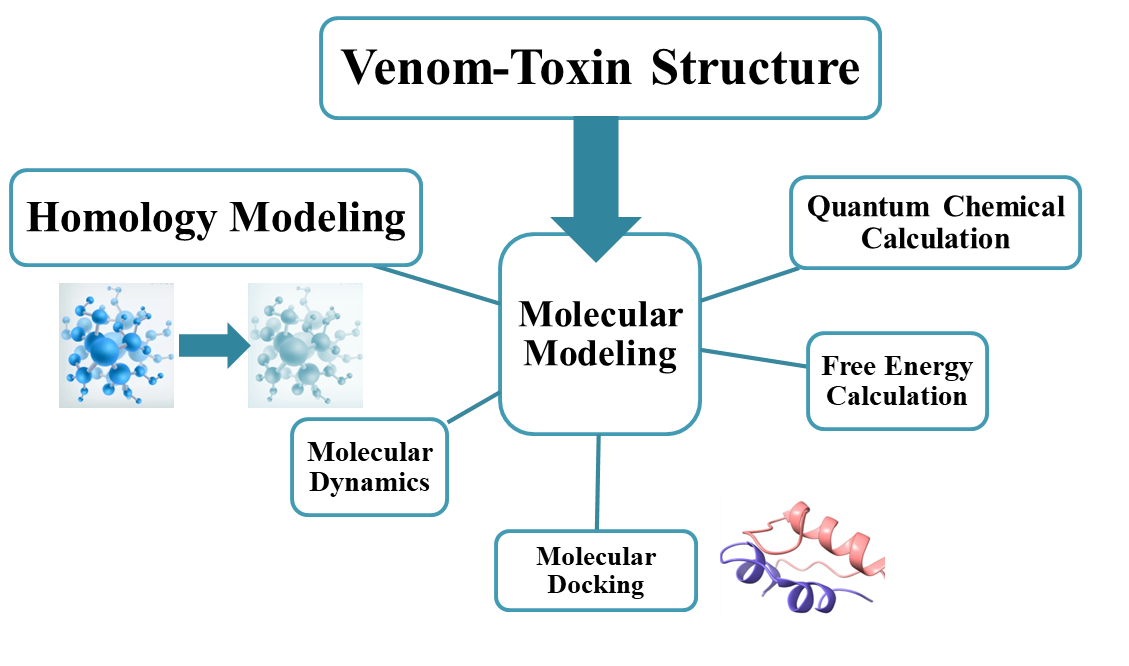Structure and Function Prediction of Venom Toxin
It is very complicated to predict the specificity of venom toxins by using amino acid sequence information alone, so detailed analysis of toxin molecular structure and interaction is required. Molecular phylogeny can help the pharmacological study of toxins by suggesting the clade that is most likely to contain pharmacological compounds. Based on structure-based molecular modeling methods, Creative Proteomics provides venom toxin structure and function prediction services, aiming to provide explanations of venom bioactive molecules in terms of structure, dynamics and molecular interaction.
Introduction
Clarifying the structure of venom will help us better understand the function of venom bioactive molecules, and further understanding of the structure and function of venom toxin will help us better understand the role of toxin in venom toxicity. Due to the rapid advancement of spectroscopy technologies such as X-ray crystallography and nuclear magnetic resonance (NMR) spectroscopy, the number of 3D structures of venom toxins has been increasing, but unfortunately the results of structural analysis are lacking. Based on these experimental structures, molecular modeling techniques can be used to understand the interaction with toxin functions. The 3D structures of a large number of toxins are used as templates to construct homology models, which are compared to find shared structural motifs that may be related to functions. In the absence of a homologous toxin with an experimentally determined structure, we can try to model the structure from scratch.
Our Services
Creative Proteomics provides molecular modeling techniques to predict the structure and function of venom toxins. By comparing the venom toxin homology model with the experimentally resolved 3D structure, putative functional groups related to the binding and catalytic sites can be identified, which can then be verified by experiments. Specific services include but are not limited to:
- Homologous modeling of venom toxin structure
- De novo modeling of venom toxin structure
- Molecular modeling of toxin complexes with molecular targets
- Model validation and molecular dynamics simulation
Technical Process
We use software including Modeller, ICM, Prime, and web servers, such as SWISS-Model and I-TASSER to build homologous models. The molecular modeling method based on the venom toxin structure also includes simulation processes such as molecular docking and molecular dynamics. The specific technical route is shown in the figure below.

Applications
- Help find and analyze the toxins in the venom.
- Molecular modeling methods provide the possibility to accurately predict the specificity of venom toxins.
- Used to characterize certain functions of venom toxins.
- Develop inhibitors that help reduce or eliminate the toxicity of the venom.
Creative Proteomics provides bioinformatics services that help discover and analyze venom toxin nucleic acid and protein sequences, toxin 3D structure and toxin function, to solve specific challenges related to toxin identification and annotation. We help predict the structure and function of biologically active venom toxins, and conduct specific experiments according to your needs. Please contact us for more information.
For research use only. Not intended for any clinical use.

